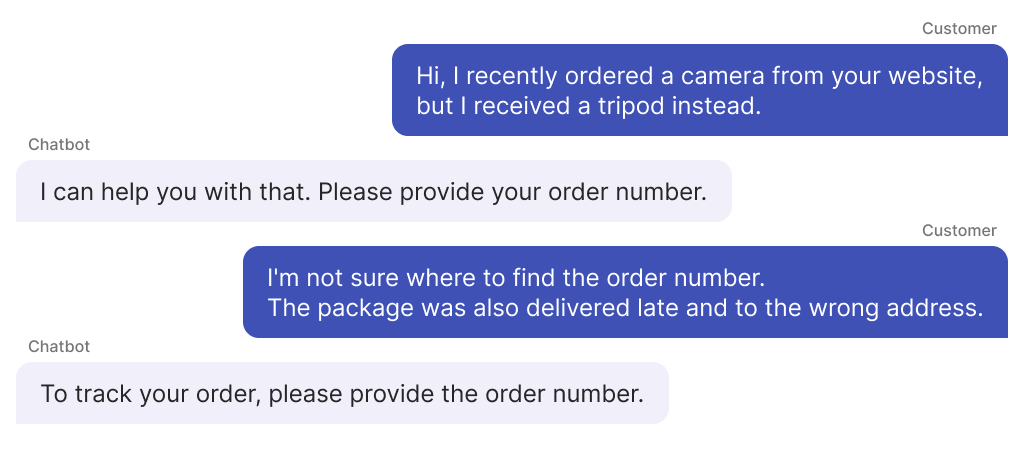Introduction
In an age where digital interfaces dominate consumer interactions, the quest for a more personal, human touch in customer service has led to a remarkable technological revolution. Enter the realm of advanced AI chatbots – not your ordinary automated responders, but sophisticated conversational agents capable of understanding nuances, emotions, and the art of human conversation. The evolution from simple, rule-based systems to these intelligent, empathetic chatbots marks a significant leap in how businesses engage with their customers. This transformation is not just about technology; it’s about redefining the customer experience, making it more personalized, efficient, and surprisingly human. As we peel back the layers of this fascinating development, we uncover the intricate blend of machine learning, natural language processing, and emotional intelligence that makes these chatbots more ‘human’ than ever before. This journey into the world of humanized chatbots reveals the challenges overcome, the innovations achieved, and the profound impact of these digital conversationalists on the future of customer service.
The Evolution of Chatbots
The evolution of chatbots represents a significant leap from the earlier models based on LSTM (Long Short-Term Memory) to the current generation powered by sophisticated LLMs. While LSTM-powered chatbots marked an important step forward, enabling systems to remember and utilize past information, they had their limitations, particularly in maintaining context over longer interactions and generating truly natural, human-like responses.
LSTM-Powered Chatbot Example

In this scenario, the LSTM-powered chatbot fails to address the multiple concerns raised by the customer, focusing only on a specific request for the order number. The lack of contextual understanding and flexibility leads to a frustrating customer experience.
LLM-Powered Chatbot Example

The LLM-powered chatbot demonstrates a better understanding of the customer’s concerns, addresses multiple issues in a single response, and maintains a conversational, empathetic tone. This interaction exemplifies the advanced conversational abilities of LLM-powered chatbots, showcasing their capacity to manage complex dialogues and provide a more human-like, empathetic customer experience.
Technical Advancements in Chatbots
The remarkable leap from LSTM-powered chatbots to those powered by LLMs can be attributed to fundamental differences in architecture, training, and the scale of data these models are exposed to. While LSTMs marked a significant advancement in the field of AI by being able to remember and utilize past information, they have limitations that LLMs overcome.
Handling of Long-term Dependencies:
LSTM networks, a type of recurrent neural network (RNN), were designed to remember information for long periods. However, they struggle with long-term dependencies. In contrast, LLMs, like GPT-3, use self-attention mechanisms to maintain a broader and more nuanced context over longer conversations.
Contextual Understanding and Generation of Text:
LSTMs process data sequentially, which can be a bottleneck in understanding the full context of a conversation. LLMs, on the other hand, leverage massive datasets and sophisticated architectures to understand and generate human-like text, offering contextually appropriate and nuanced responses.
Scale and Complexity of Model:
The scale of LLMs like GPT-3 is significant, with 175 billion parameters, enabling the model to capture a wide array of nuances in language and generate more relevant and detailed responses.
Flexibility and Generalization:
LLMs are incredibly flexible and capable of generalizing from the examples they were trained on, performing well across a wide range of topics and conversation types.
Business Value of Advanced Chatbots
The adoption of advanced chatbots powered by Large Language Models (LLMs) offers significant business value across various dimensions. By enhancing the quality of customer interactions and streamlining operations, these sophisticated chatbots can drive tangible benefits for businesses. Here are some of the key advantages:
- Improved Customer Satisfaction and Engagement
Highly personalized and contextually relevant interactions enhance customer satisfaction, loyalty, and retention. - 24/7 Customer Support
Round-the-clock customer support caters to clients in different time zones, enhancing the company’s global reach. - Cost Efficiency
Automating customer service through chatbots reduces operational costs and improves the efficiency of the customer service team. - Increased Sales and Conversions
Guiding customers through the sales funnel leads to increased sales and higher conversion rates.
- Gathering Insights and Data
Each interaction is an opportunity to gather data and insights about customer preferences and behavior. - Scalability
Chatbots can handle a large volume of interactions simultaneously without compromising the quality of service. - Brand Differentiation
Superior customer service through advanced AI sets a company apart from its competitors. - Reducing Human Error
Chatbots reduce the rate of errors in customer interactions, ensuring consistent and accurate information. - Enhancing Employee Satisfaction
Automating routine tasks frees up human agents
Conclusion
Integrating LLM-powered chatbots into business operations offers multifaceted benefits. From enhancing the customer experience to driving operational efficiency and gaining valuable insights, the business value of these advanced chatbots is clear and compelling. The technology behind these sophisticated systems is not just transforming customer service; it’s reshaping the way businesses interact with their customers, setting new standards for engagement and efficiency. As technology continues to evolve, the potential for these AI-powered solutions to transform business practices and customer engagement is immense, heralding a new era in the digital customer experience.